In 1796 a small group of Scots-Irish pioneers came from Fayette County and settled in what would became Wayne Township, Lawrence County, Pennsylvania. Within a few years a handful of these settlers began gathering in the Allen grist mill on the banks of the Slippery Rock Creek, near what is now the modern-day “Second Bridge,” to hold services of the Presbyterian faith. Several visiting preachers provided services whenever they could. In June 26, 1799, the small congregation was recognized during a meeting of the Ohio Presbytery in Buffalo, New York, and soon adopted the name of Slippery Rock Presbyterian Church. This is generally considered as the founding date of the congregation, although some accounts place it in 1800 or even 1801.
The Scottish-born Reverend Alexander Cook (1760-1828) was appointed as the first fulltime pastor in September 1802. A log cabin, which served as the first dedicated church, was erected in 1803 on property donated by the Cunningham family. The picturesque property was located on a hilltop overlooking the wilderness that later became Ellwood City.
A cemetery was also established on the church property. The first burial took place in August 1803, when Scottish immigrant James Wilson (1779-1803) was laid to rest after being hit by a felled tree. Many of the pioneering settlers of the general area would be buried in the cemetery in the coming years. They would include people with the surnames of Aiken, Allen, Bell, Book, Cairns, Cole, Cunningham, Gaston, Guy, Hazen, Hennon, Houk, Matheny, McCurdy, Moore, Morrow, Newton, Smiley, and VanGorder.
Cook also served as pastor and helped guide the newly established Lower Neshannock Presbyterian Church (later First Presbyterian Church) in New Castle, which would be closely associated with the Slippery Rock congregation for many years. Slippery Rock would serve as the “mother church” for several new congregations formed over the years, including North Sewickley Presbyterian Church, Newport Presbyterian Church, and the First Presbyterian Church of Ellwood City.
Cook served both congregations until he departed for a new assignment in 1810 and was succeeded by the Rev. Robert Sample. Under Sample’s term the Slippery Rock congregation continued to grow and the log cabin was finally replaced with a wooden frame church in 1825. Sample departed in 1835 to fully dedicate himself to the Lower Neshannock Presbyterian Church in New Castle. A Sunday school was established sometime in the 1830’s. Subsequent pastors included the Reverends Benjamin C. Critchlow, James S. Henderson, and Amos S. Billingsley.
The Reverend Henry Webber was installed as the official pastor in 1862 and led the congregation through the difficult times of the Civil War. It was during this time that a larger wooden frame church, despite the lack of a viable labor force, was erected in 1863. Webber departed in 1865 and was succeeded by the Reverends William Morton, John H. Aughey, George S. Rice, William G. Reagle, and Samuel Barber. A small mission church was established in 1898 in the nearby borough of Hazel Dell – which would become the northern ward of Ellwood City in 1914. The Reverend Charles Z. Bell, born in Westmoreland County, took over as pastor in 1899. In the coming years Bell would become a well-known civic leader in Ellwood City community.
The congregation of Slippery Rock Presbyterian Church turned one hundred years old in October 1899, although a formal ceremony was not held until 1901. The New Castle News of Wednesday, October 2, 1901, reported, “Through the changing scenes of 100 years, the Slippery Rock Presbyterian Church has weathered the storm. From an humble beginning with meetings in an old grist mill, the congregation has gradually grown to one of the strongest in this section. Located on the top of a high hill in Wayne township, three miles East of Ellwood City, surrounded by peaceful farms, the present church building is a landmark on a site where several other edifices less pretentious have beckoned the way to Heaven.”
The mission in Hazel Dell quickly grew in part due to the tireless efforts of the Reverend Bell. Eventually, in June 1914, the mission was formally granted status as a separate church. In Bell’s honor it was christened as the Bell Memorial Presbyterian Church. Bell, after resigned from Slippery Rock Church, was installed as the first fulltime pastor of the new Bell Memorial Church in May 1915. Bell stepped down as pastor in October 1916, but remained involved with the local community for many years.
It is believed a large brick addition, to house a Sunday school, was added to the back of the church in about 1913. Fund raisings efforts were also began in 1917 to fully finish and redecorate the rough basement. Those efforts were stalled and the basement was not finally completed until about the spring of 1924.
Subsequent pastors of the Slippery Rock Presbyterian Church were the Reverends Gus P. West (1915-1920), Paul Elliott (1920-1932), and Thomas G. Berger (1932-1948). Berger skillfully guided the congregation through the tough economic times of the Great Depression and the historic events of World War II. He was forced to retire due to failing health in the fall of 1948. He was succeeded by the Reverend Ralph I. McConnell, until the Reverend J. Cyrus Smith took over as pastor in 1955.
Numerous upgrades were made to the church in the fall of 1957, including the enlarging of the parking lot, improvement of the basement, establishment of a new child care room, and the addition of several new pews in the sanctuary. Re-dedication ceremonies were held on the weekend of October 25-26, 1957.
The Reverend Smith served as pastor for thirteen years, until he departed for an assignment in Pittsburgh in the fall of 1968. The church was without a regular pastor until the Reverend John P. Borter arrived in October 1969. Borter faithfully led the congregation for the next thirty years until he retired in October 1999. He was bestowed with the title of Pastor Emeritus that same month. Through that same year the congregation held several events and services to celebrate its 200th anniversary.
In the wake of Borter’s retirement the church was served by interim pastors Bruce Milligan and Pam Maloney. In January 2003 the Reverend Teresa Kendall accepted the call to become the new fulltime pastor. She served the church until June 2009 when she became pastor of both the Ellport Presbyterian and Moravia Presbyterian Churches. The Reverend Julia Williamson took over as the pastor in the fall of 2009 and remains in that post today. 2017 will mark 218 years of service for Slippery Rock Presbyterian Church – currently the oldest active congregation of any denomination in Lawrence County.
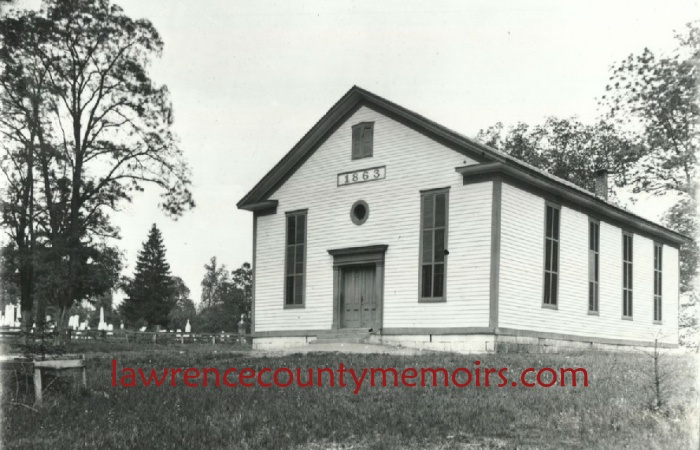 A third building was erected in 1863 and was greatly expanded and improved over the years. (c1900) |
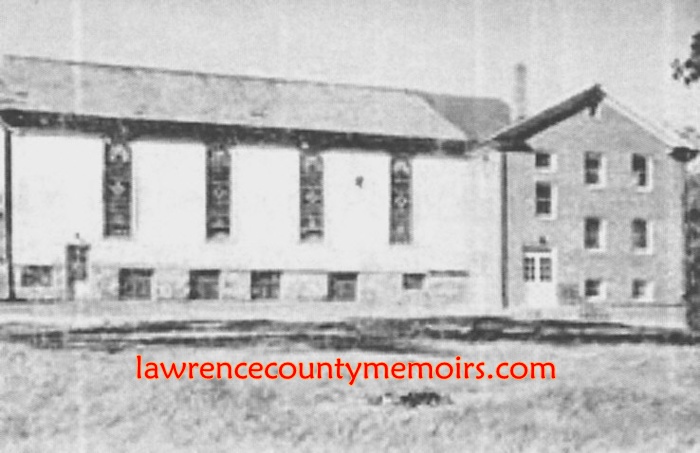 A large brick addition (on right), likely built sometime during the 1911-1915 time frame, was used to house Sunday school classes. (c1915) Full Size |
 A modern view of the Slippery Rock Presbyterian Church. (Apr 2012) |
 (Aug 2012) Full Size |
 (Aug 2012) |  (Aug 2012) |
 (Apr 2012) Full Size |
 (Apr 2012) | 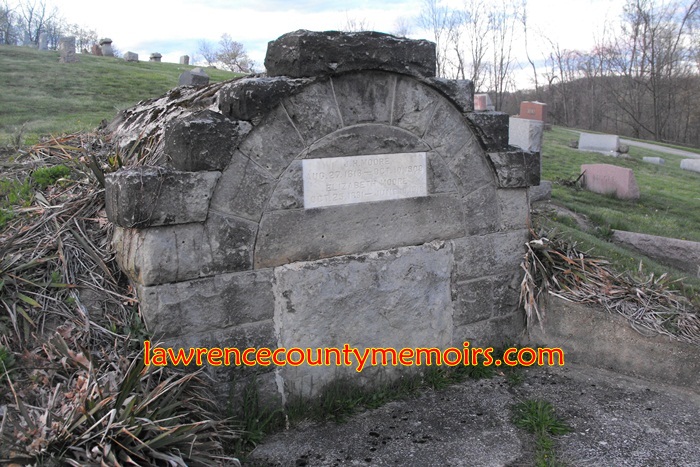 (Apr 2012) |
 (Apr 2012) |  (Apr 2012) |
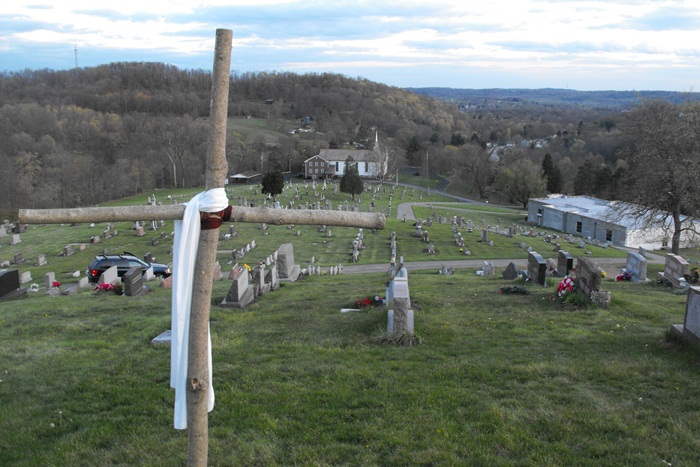 (Apr 2012) Full Size |
 (Aug 2012) | 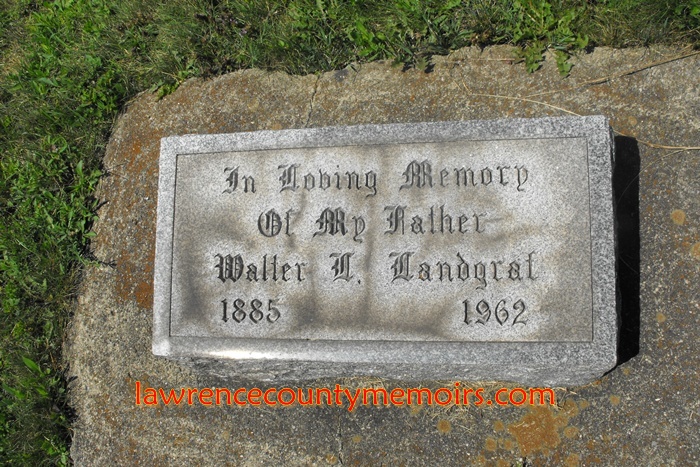 (Aug 2012) |
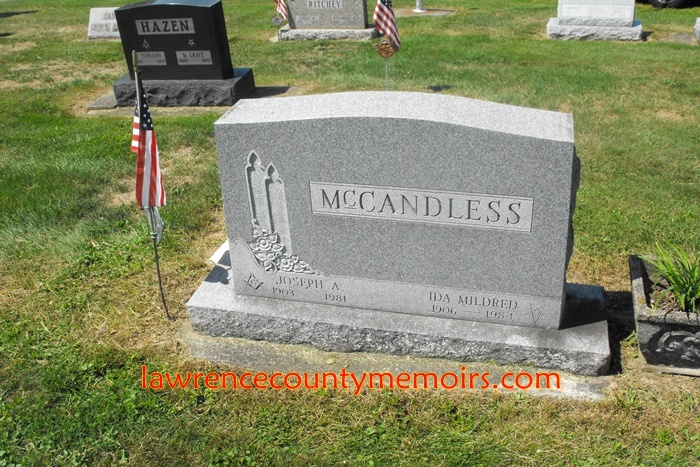 (Aug 2012) |  (Sep 2013) |
 (Aug 2012) |  (Aug 2012) |
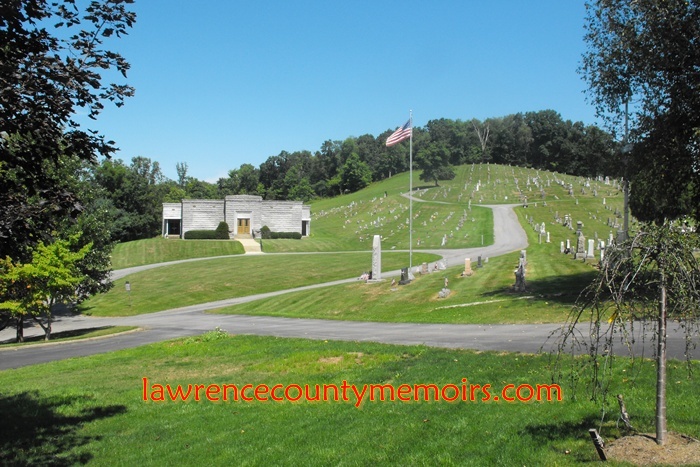 (Aug 2012) Full Size |
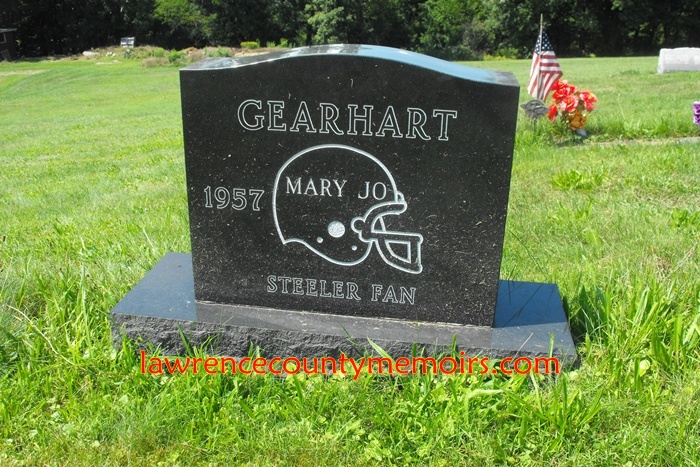 (Aug 2012) | 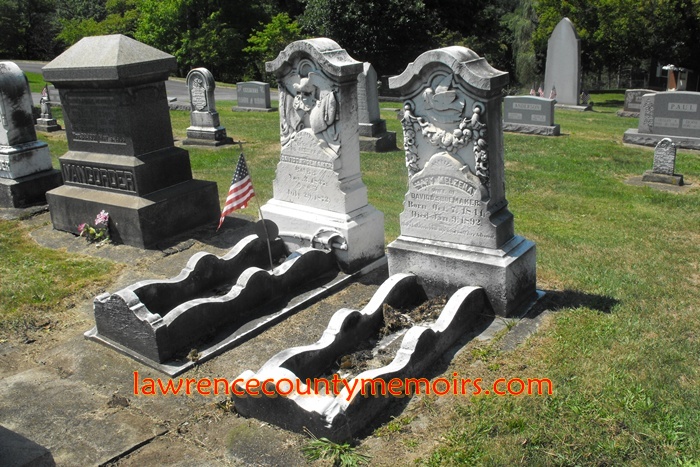 (Aug 2012) |
 (Aug 2012) | 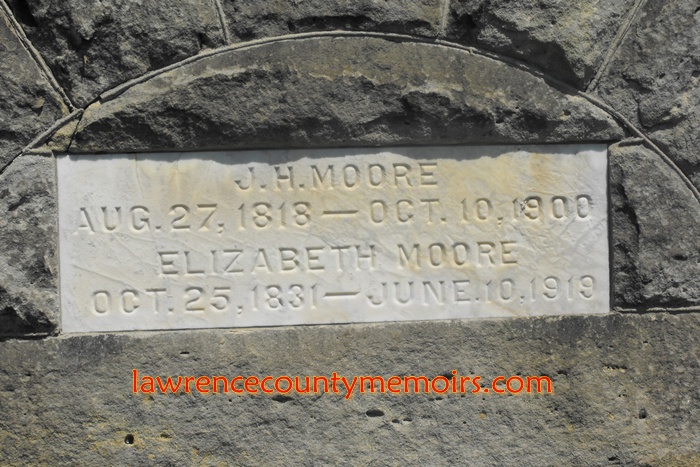 (Aug 2012) |
 (Aug 2012) |  (Aug 2012) |
 (Aug 2012) |  (Aug 2012) |  (Aug 2012) |
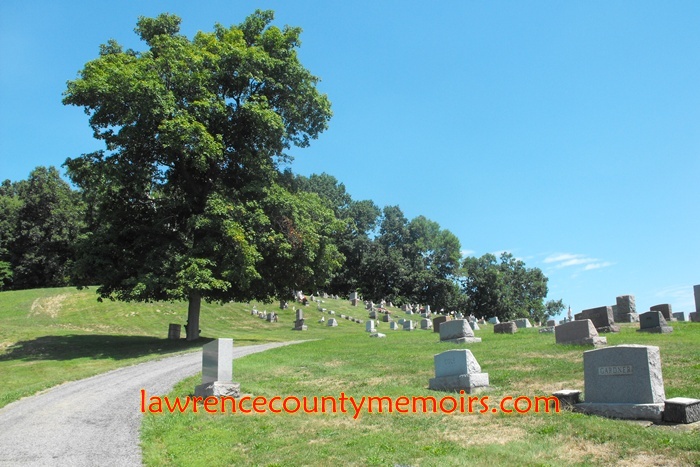 (Aug 2012) |  (Aug 2012) |
 (Aug 2012) Full Size |
 (Aug 2012) |  (Aug 2012) |
 (Apr 2012) Full Size |
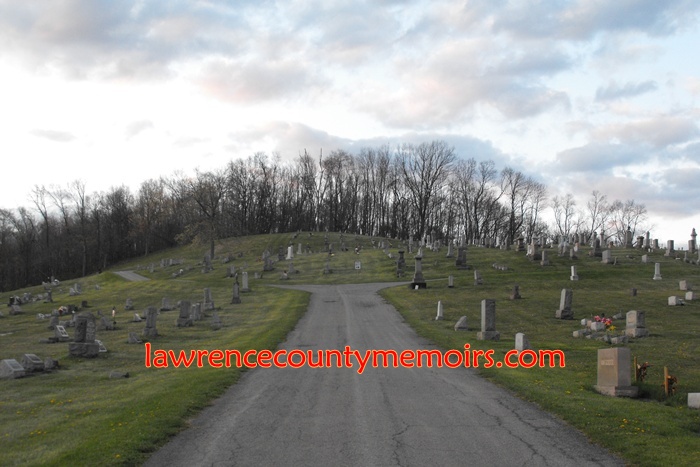 (Apr 2012) |  (Apr 2012) |
 (Apr 2012) | 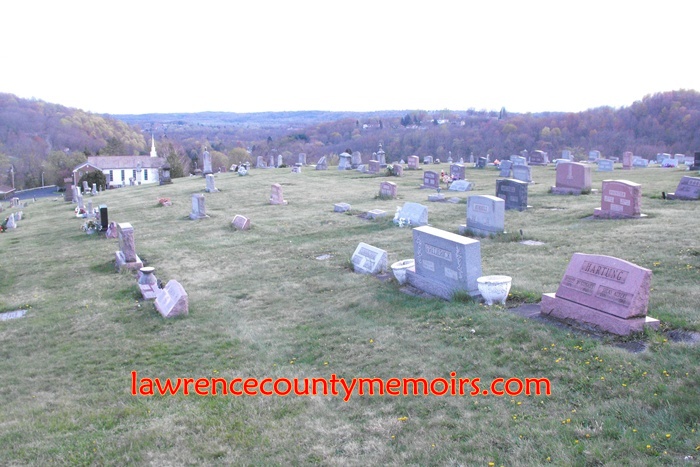 (Apr 2012) |
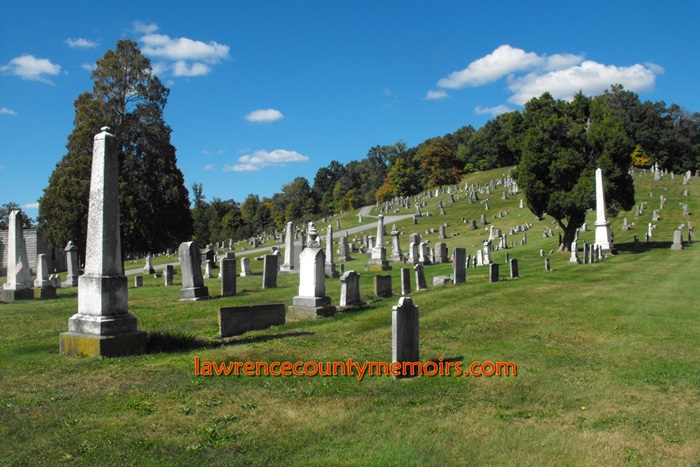 (Sep 2013) Full Size |
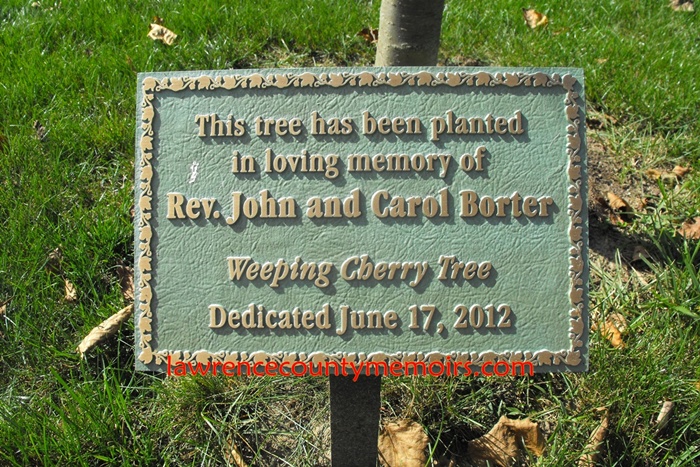 (Sep 2013) |  (Sep 2013) |
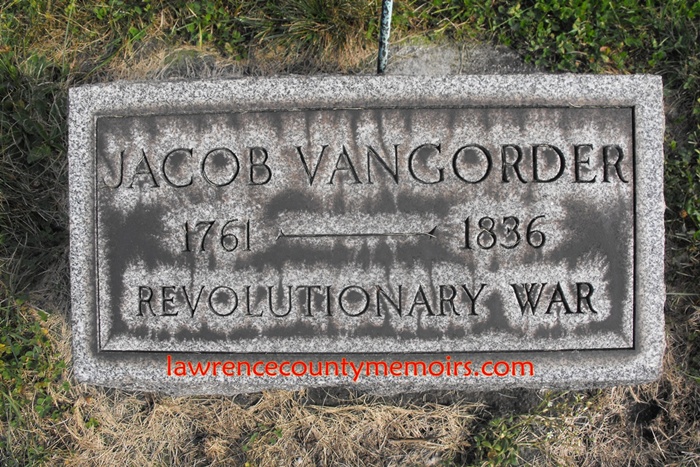 (Sep 2013) | 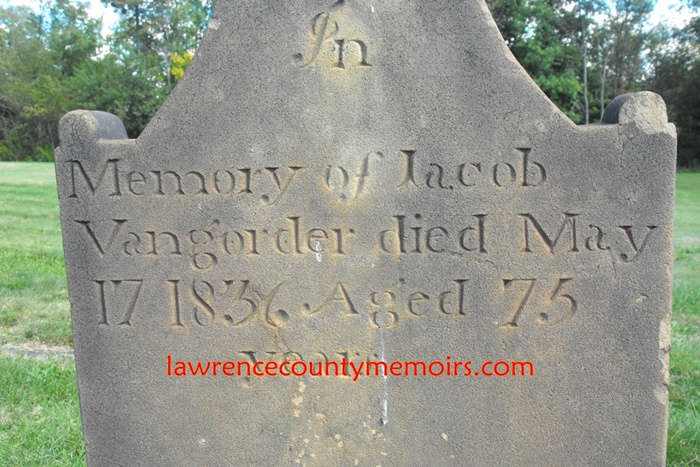 (Sep 2013) |
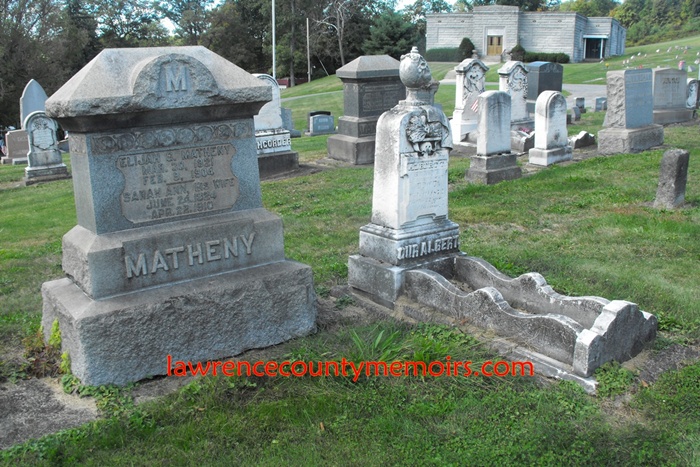 (Sep 2013) Full Size |
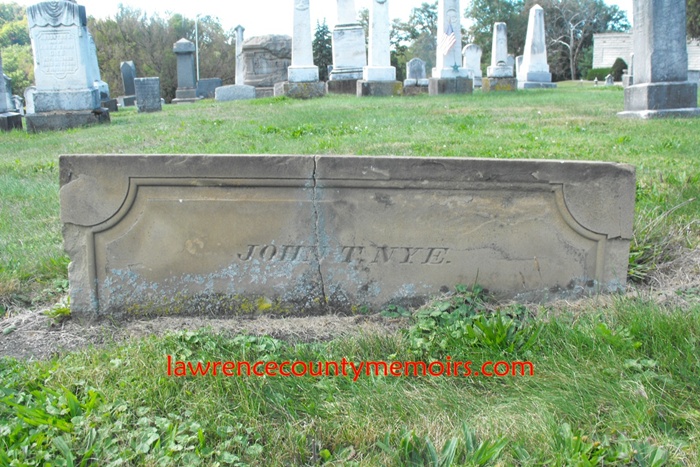 (Sep 2013) | 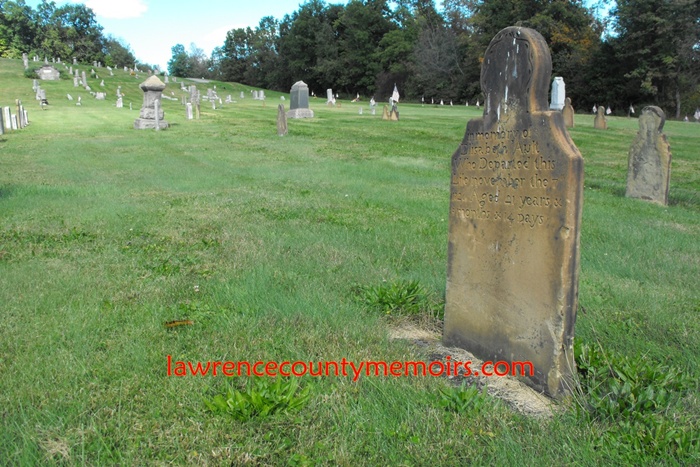 (Sep 2013) |
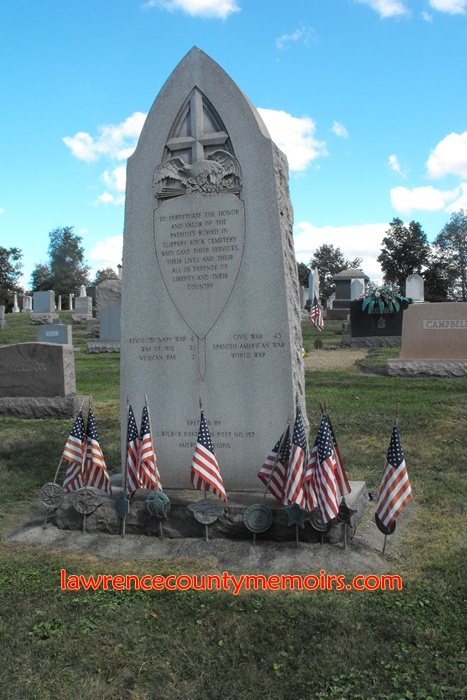 (Sep 2013) | 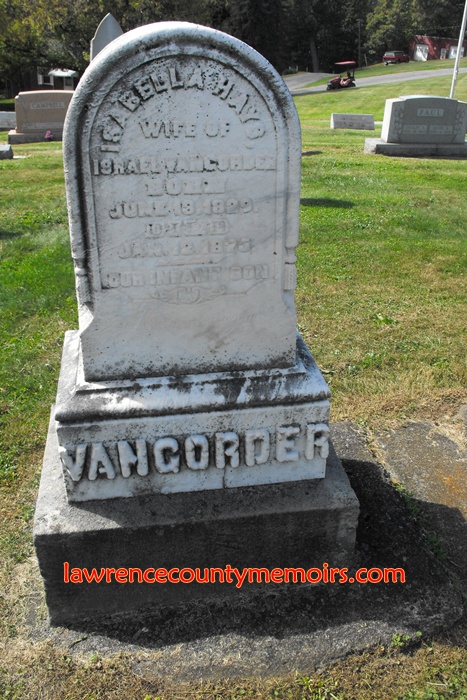 (Sep 2013) |
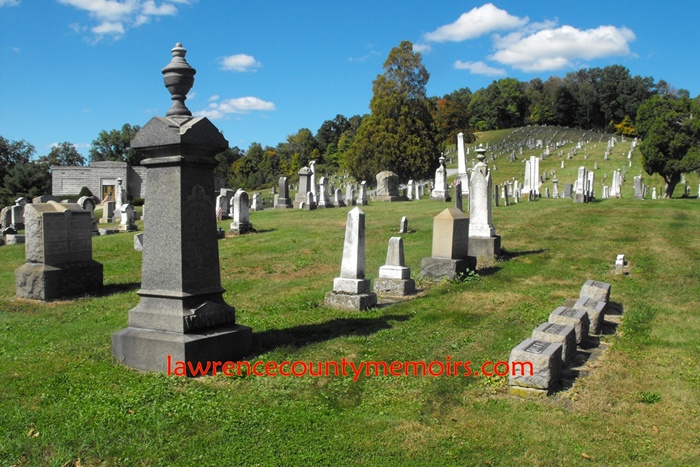 (Sep 2013) Full Size |
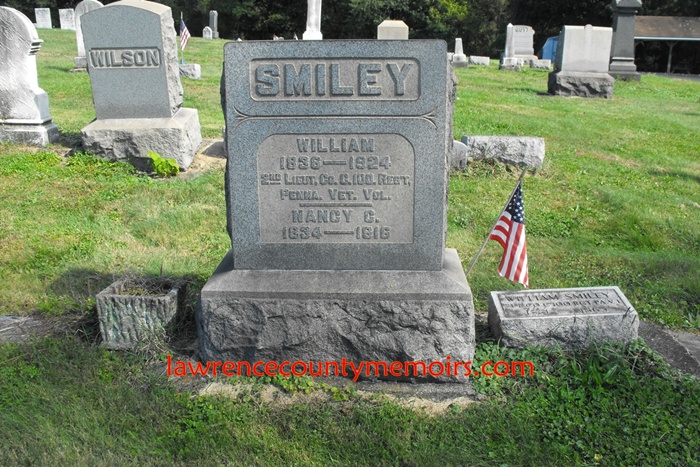 (Sep 2013) | 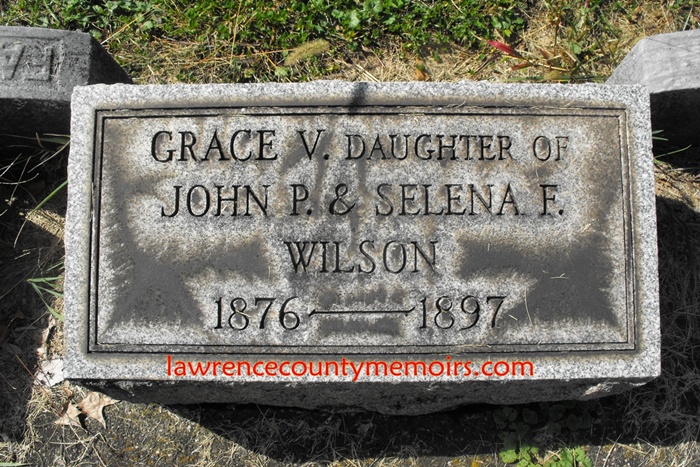 (Sep 2013) |
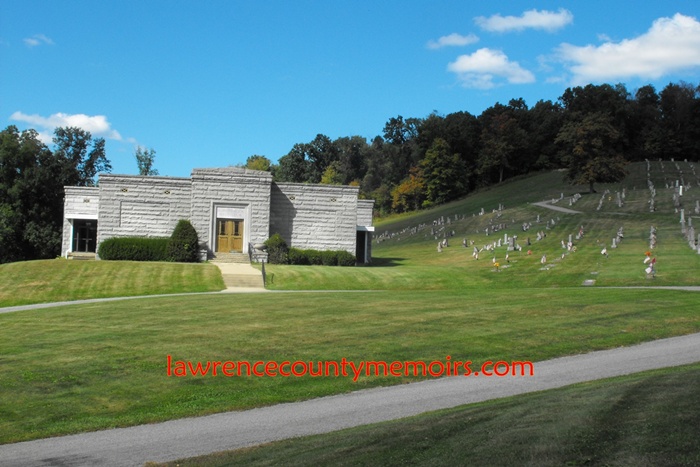 (Sep 2013) |  (Sep 2013) |






Comments
Gwendoly Buchanan #
This is where my family worshipped; Harold and Lenora McQuiston; grandma was in the Martha Circle.
Mike Ramsey #
My ancestor David Ramsey, b. 1810, was shown on the 1850 census in Wayne Township, Lawrence County. Living on the farm next to him was a Jane Ramsey, aged 62 in 1850, making her born around 1788. This was probably his mother. I cannot find her maiden name, and it appears that she was a widow at that point. I am trying very hard to figure out who David’s father was, and am hoping that someone might be able to provide this info based upon Jane Ramsey.
We have Smileys, Cunninghams, and Wilsons in our tree, and all appeared in that same 1850 census.
I have a genetic Y-DNA link to Wilson, and have been trying to find where that common ancestor might have been.
Thanks for any help you might offer.
Comment